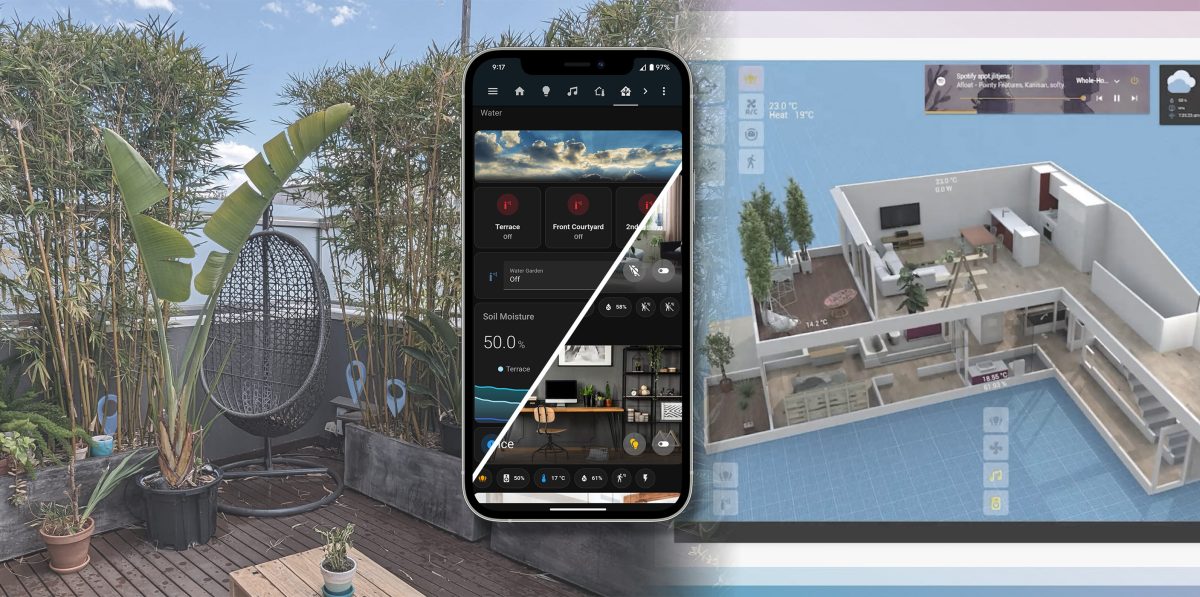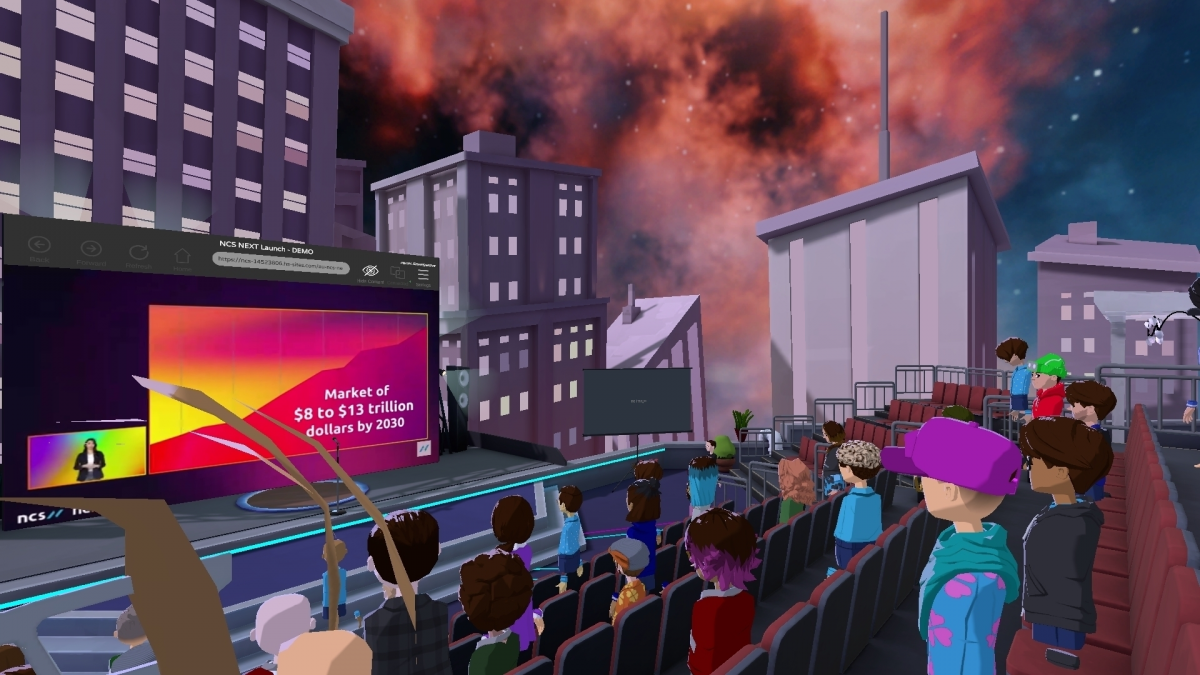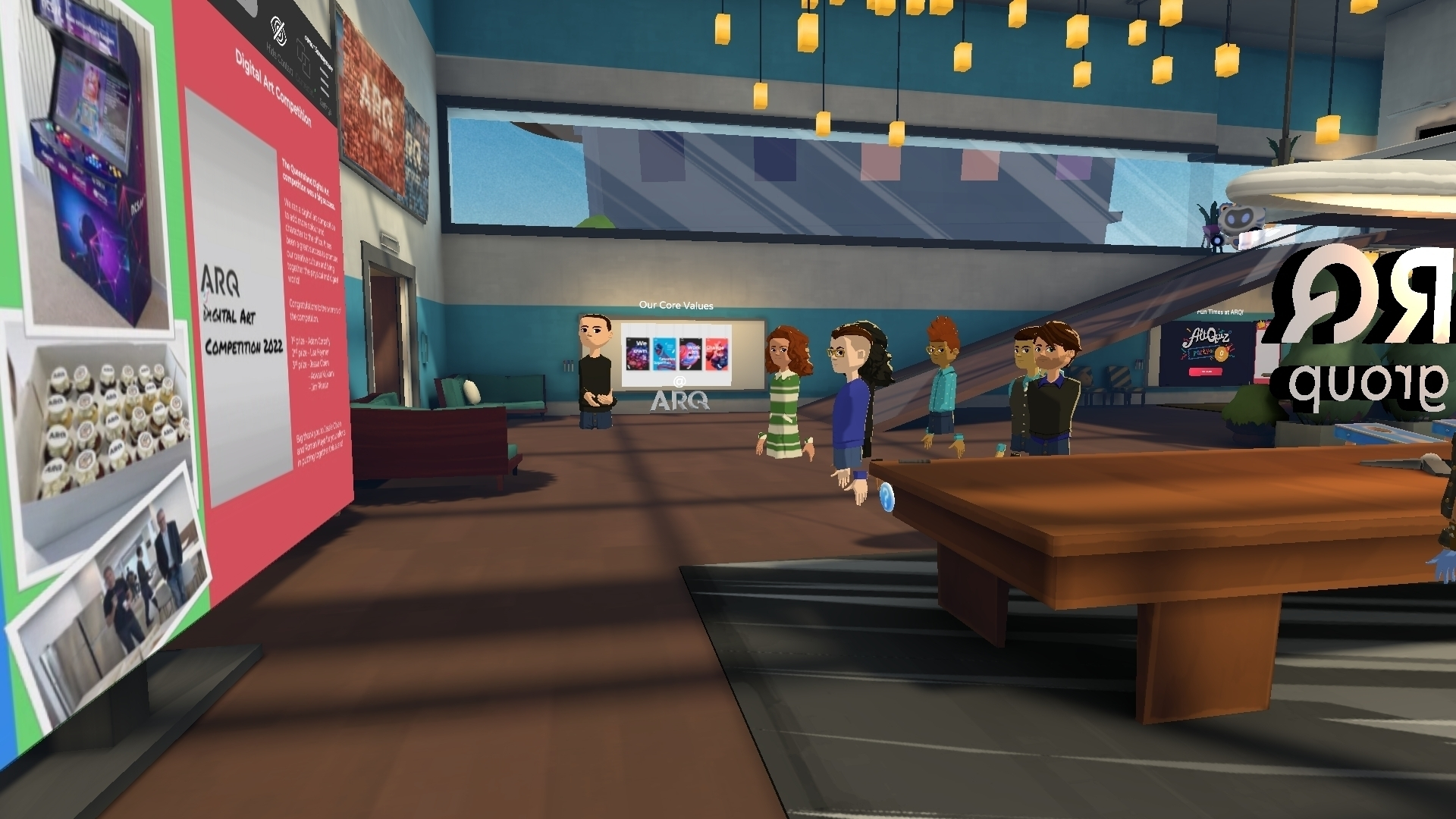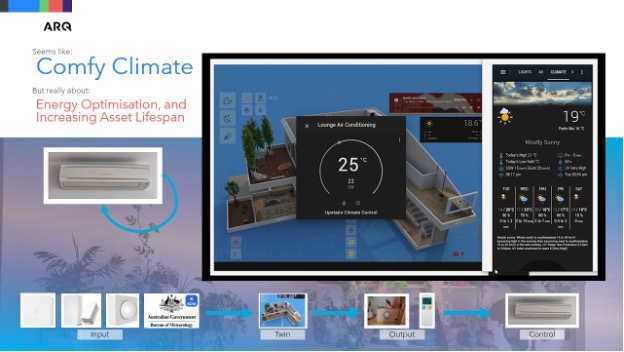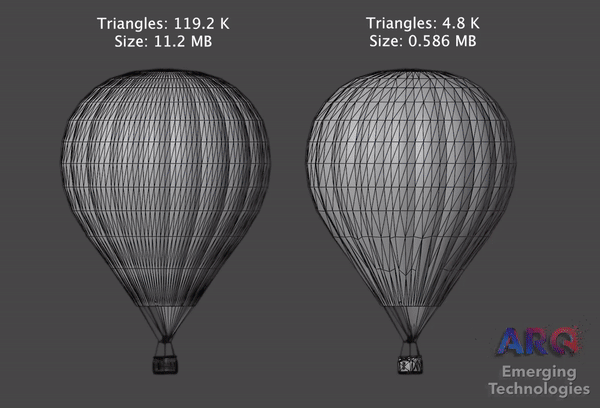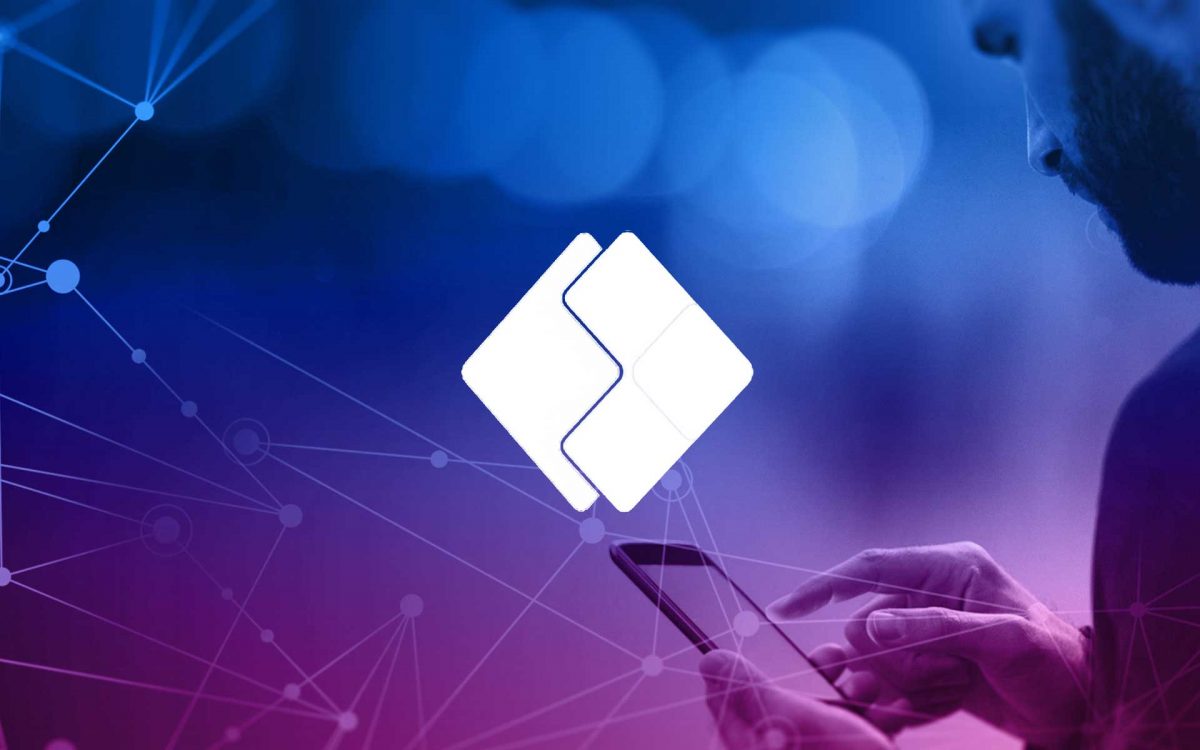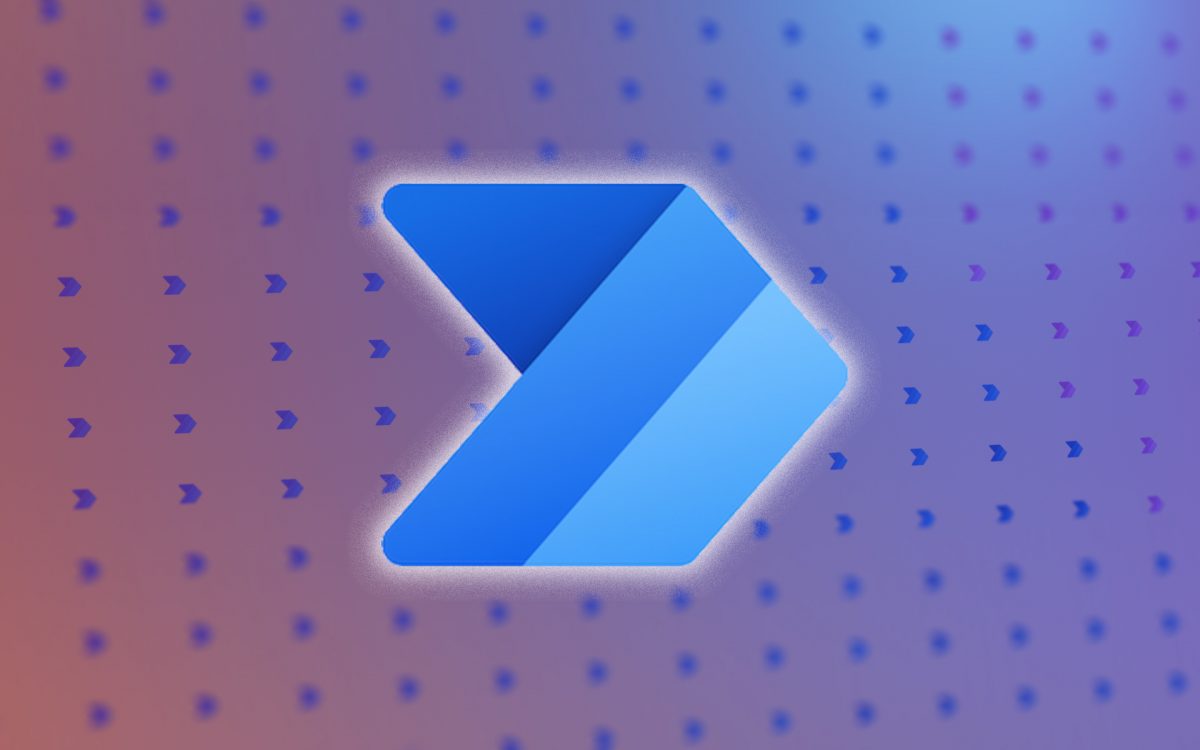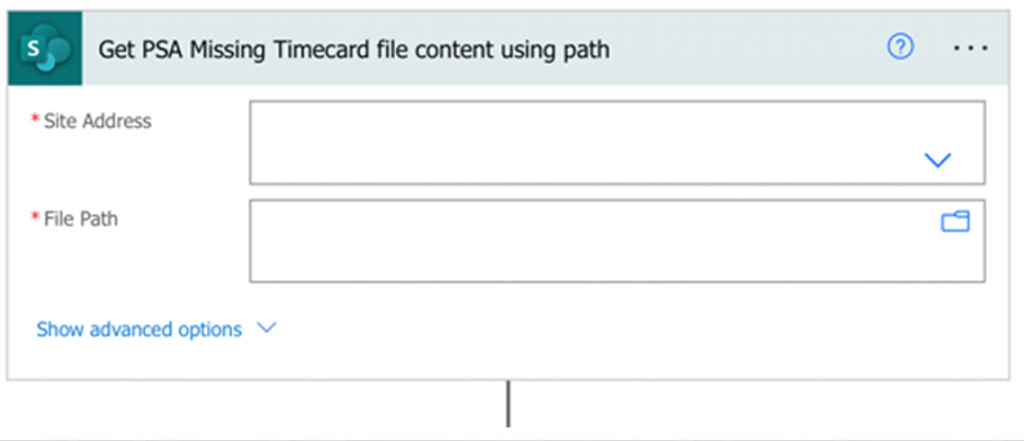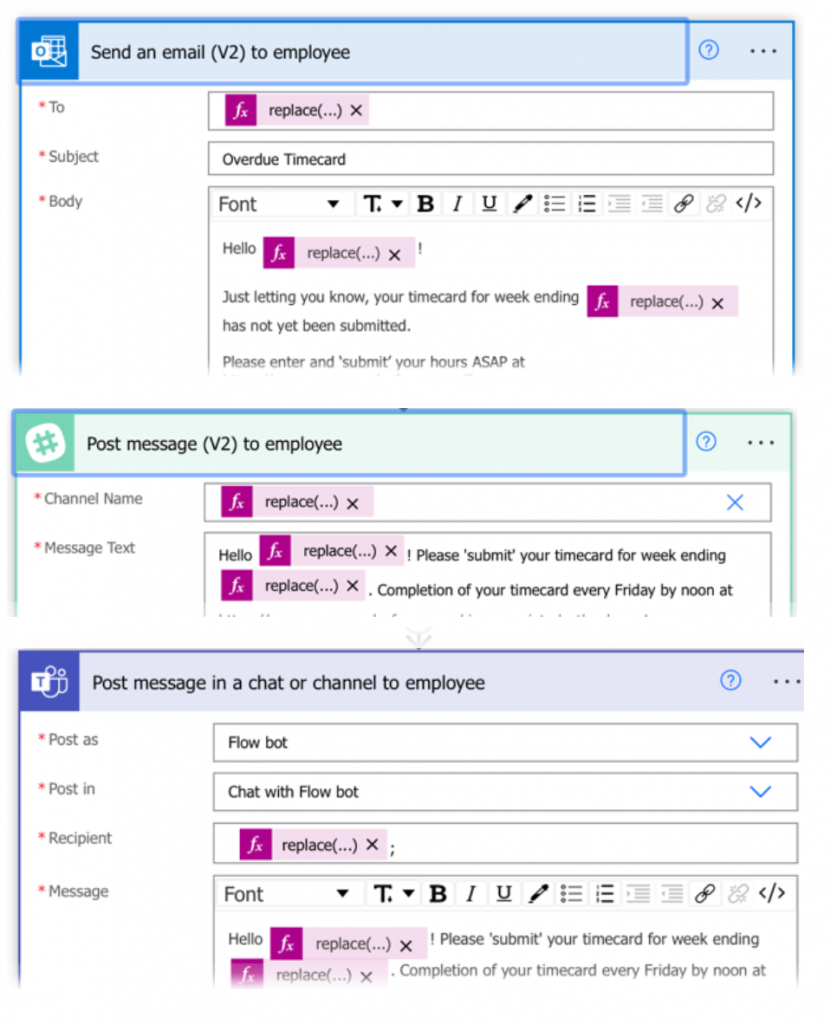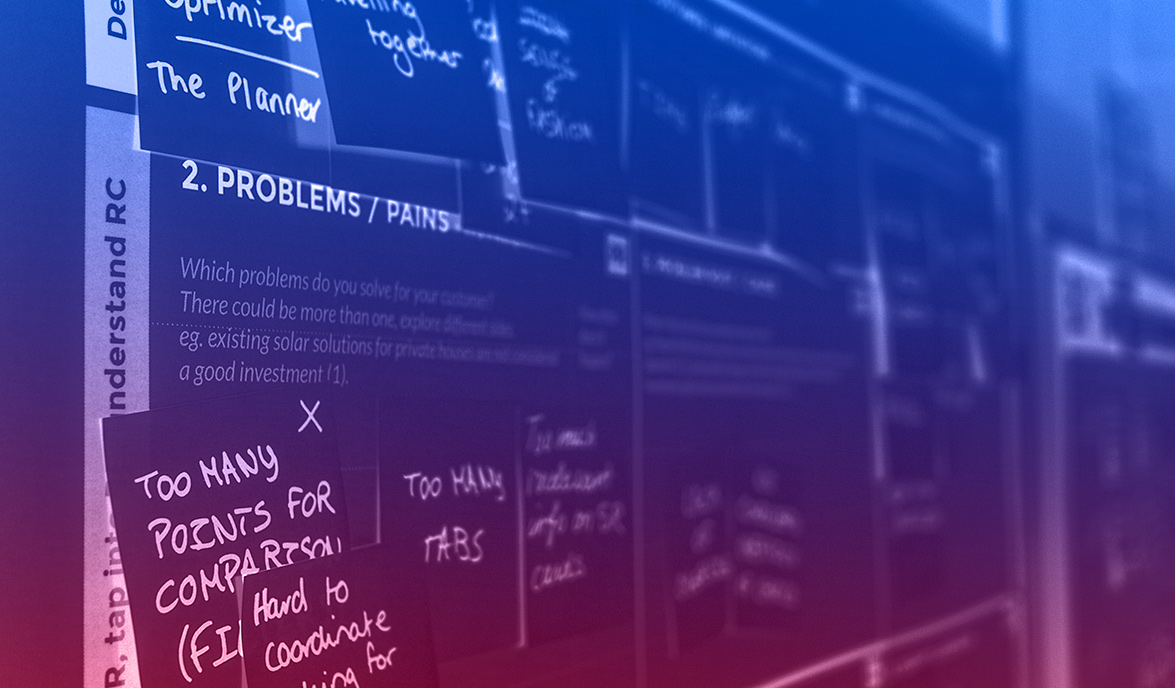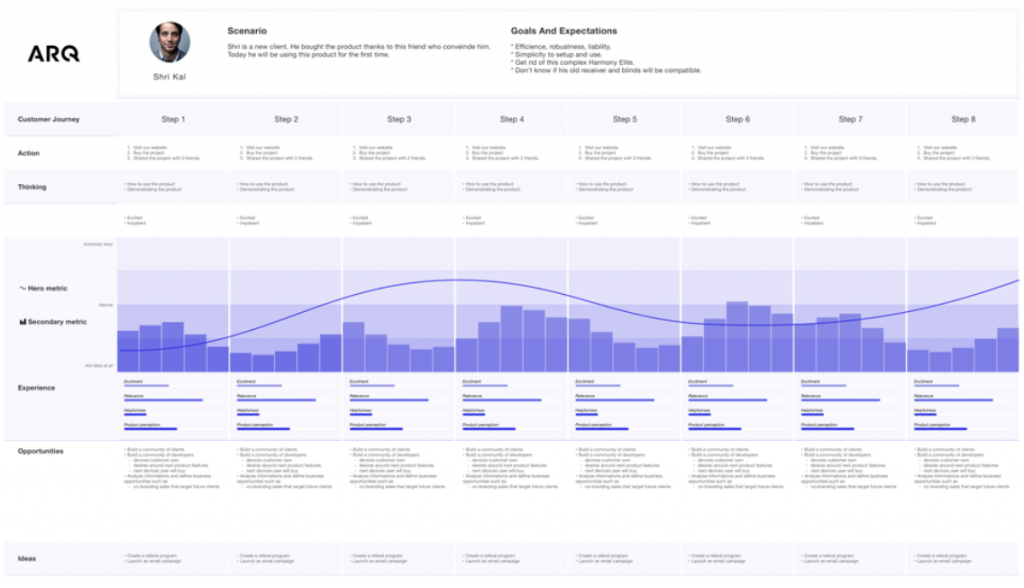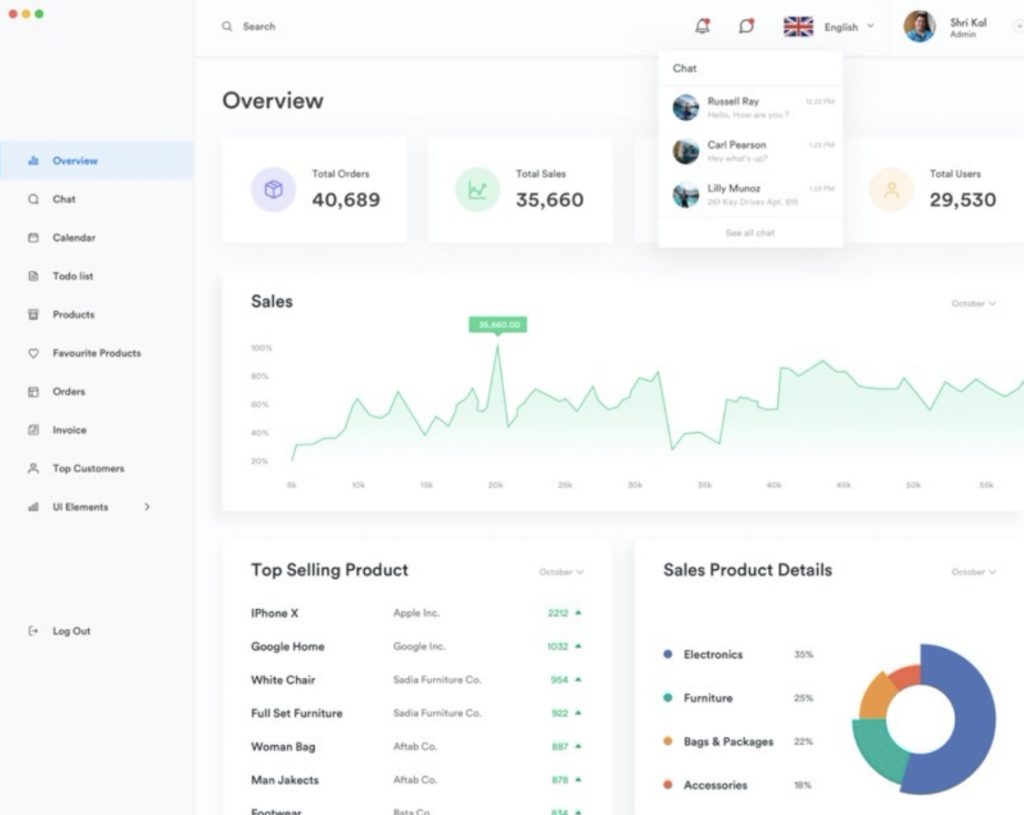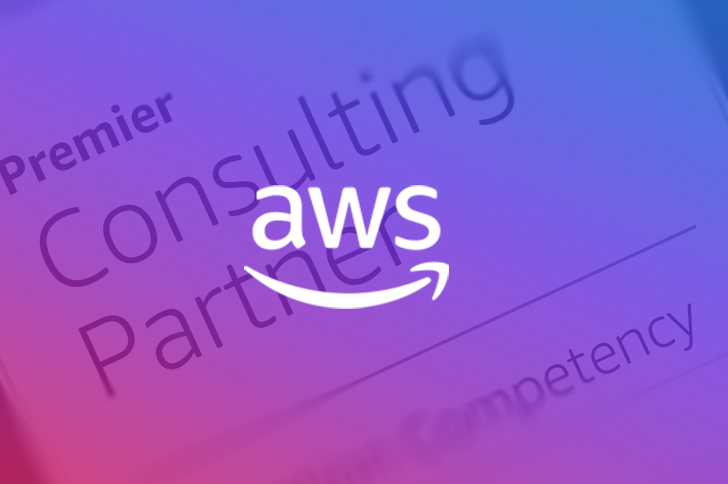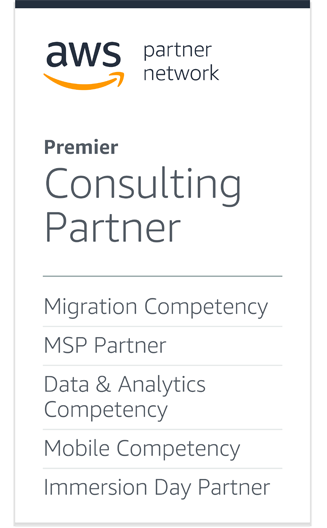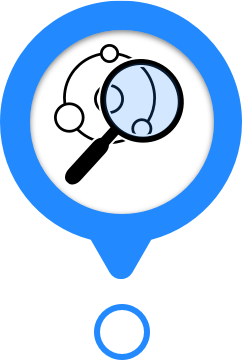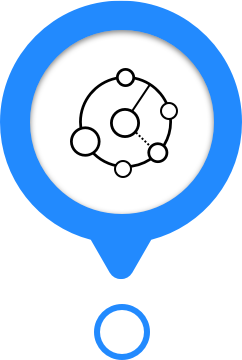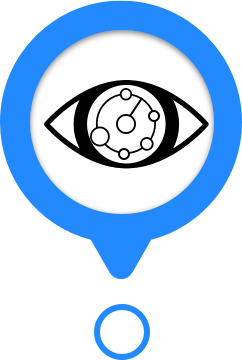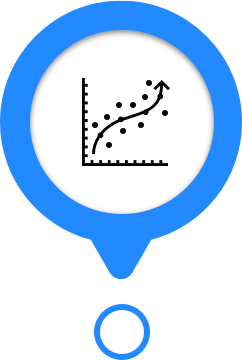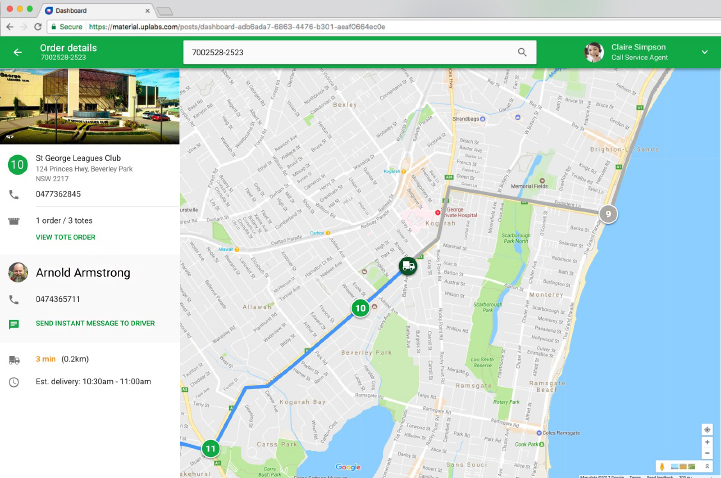Digital Twins: Helping Your Home and Bamboo Reach Their Full Potential

Director Emerging Technologies
Digital Twins: Helping Your Home and Bamboo Reach Their Full Potential
From smart homes to Smart Cities, discover the hidden potential of Digital Twin technology.
Welcome to an exciting journey into the world of Digital Twins!
In this video and blog post, I’ll delve into my experience building a Digital Twin of my home during Melbourne’s COVID lockdown and how this powerful technology transformed my family’s lives, enhanced the efficiency of my home and helped cultivate thriving bamboo plants – despite not having a green thumb.
An introduction to Digital Twins
A Digital Twin is a virtual representation of a physical object, environment, or network. In the consumer space, it is akin to a smart home but goes beyond controlling individual devices such as lights or thermostats. Instead, the Digital Twin seamlessly connects and visualises every aspect of a home, resulting in a fully integrated, efficient, and adaptive living environment.

Digital Twins can improve home efficiency by 30%
After constructing a Digital Twin of my home as pictured above, I found that not only did my family no longer need to use light switches, but their electricity and water usage reduced by 30% and 25%, respectively. On top of that, improved ventilation management minimised the risk of mould in their bathroom – truly taking smart living to the next level.
Bamboo transformed with Digital Twin technology
But the true showstopper in this Digital Twin story is the bamboo on the terrace. Initially struggling and yellow as pictured below, I was able to utilise the Digital Twin to revitalise the plant. The result? Happy and healthier bamboo than ever before.

With the incorporation of a moisture sensor, temperature sensor, and access to weather forecast and historical data via API’s, the Digital Twin utilised data-driven insights to optimise an irrigation system for the bamboo plant. This approach is reminiscent of adaptive scheduled maintenance in industries such as manufacturing, where machinery can be maintained more efficiently by analysing various data sources.

Digital Twin technology can lead to more sustainable urban living
The implications of Digital Twin technology extends far beyond individual homes. For Smart Cities, concepts like optimised watering of public gardens or managing large sporting venues exemplifies how this technology can lead to more sustainable urban living.

In Summary
As showcased through this experience, the power and potential of Digital Twin technology are transformative for homes, industries, and cities alike. From happy bamboo to optimised machinery to the pursuit of sustainable living, the possibilities of Digital Twins are truly endless. Explore these new horizons and unlock a smarter, greener future with Digital Twin technology.
Watch our Youtube video above to learn more about Digital Twins, their impact on home living, and my experience with this cutting-edge technology.
If you wish to know more about how your organisation can benefit from Digital Twins, feel free to reach out to me at james.litjens@arq.group or emerging.technologies@arq.group
More to explore
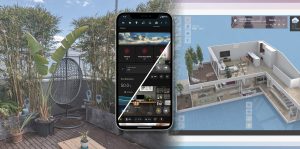
Digital Twins: Helping Your Home and Bamboo Reach Their Full Potential
From smart homes to Smart Cities, discover the hidden potential of Digital Twin technology. Welcome to an exciting journey into the world

6 FinOps Trends and Predictions for 2023
The words ‘cloud cost optimisation’ may be enough to make any CFO and CIO’s heart skip a beat in a world where

How we created our immersive metaverse experience
How do you bring together a geographically distributed workforce across the world for a major corporate event? Metaverse – the latest buzzword

